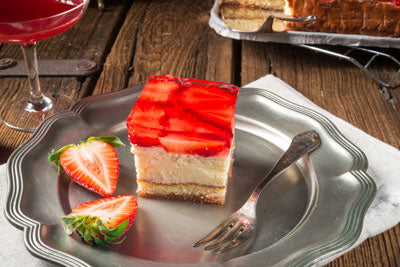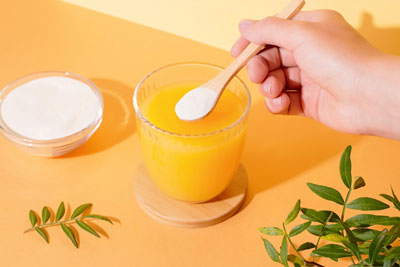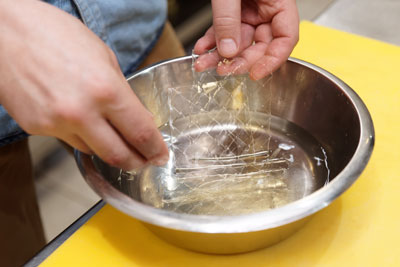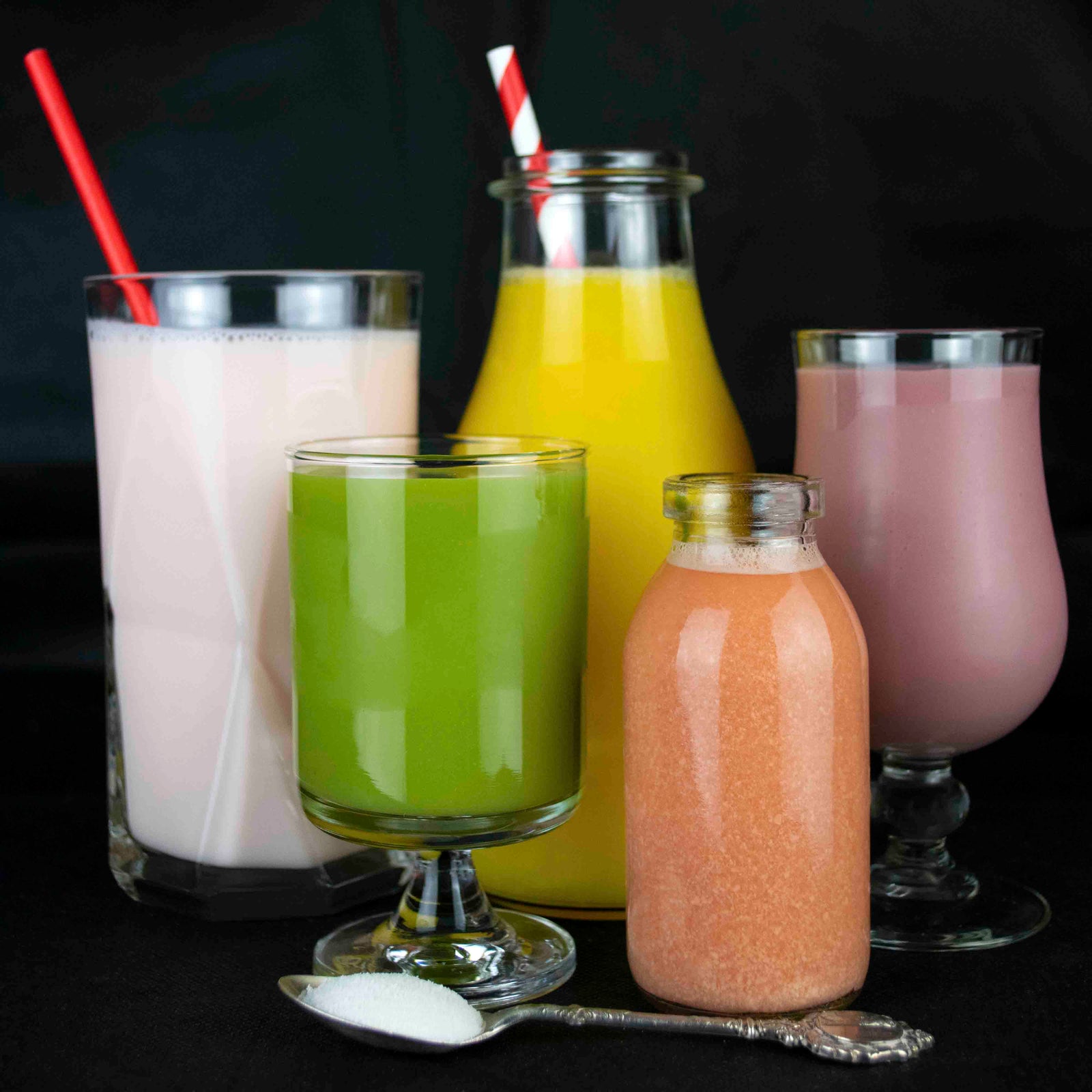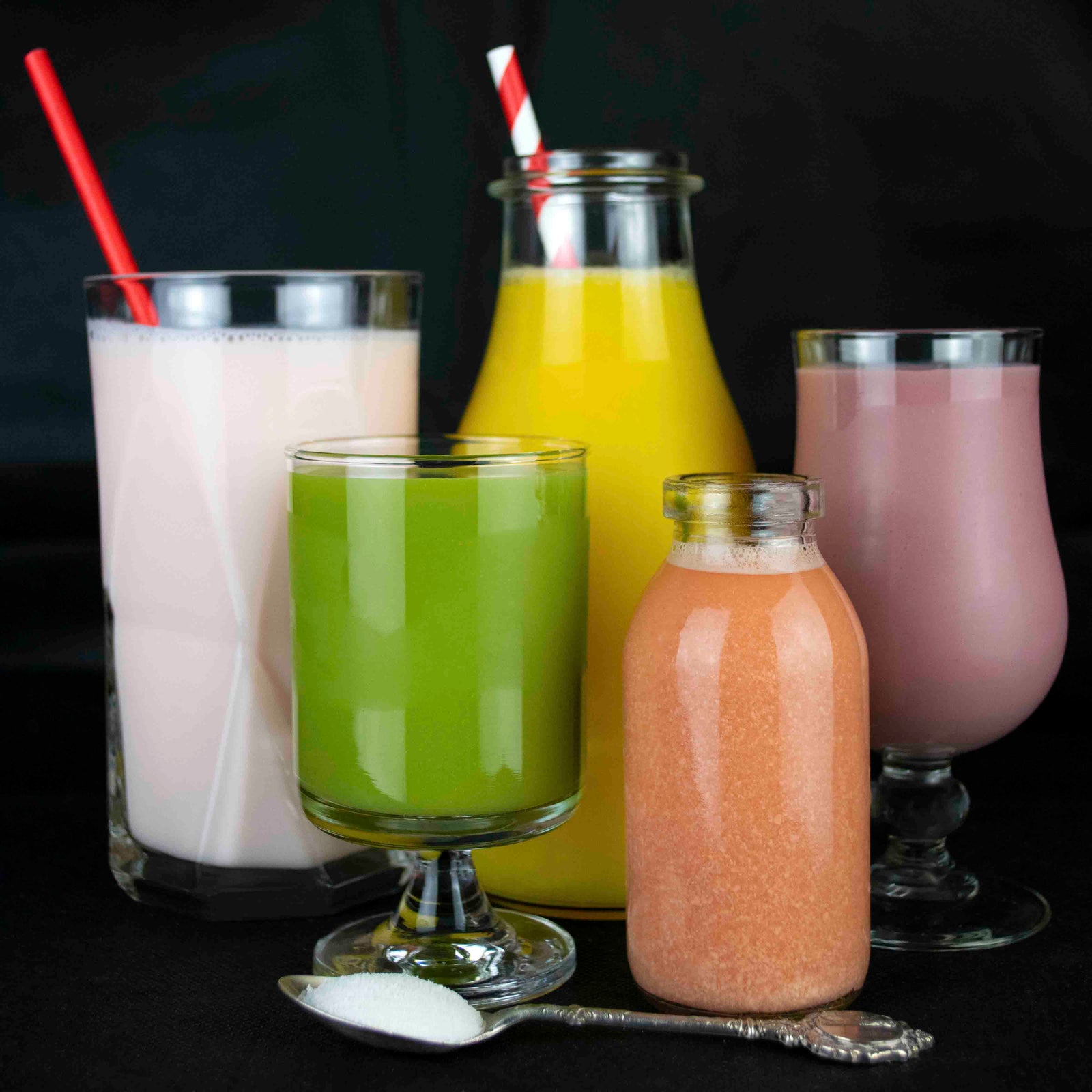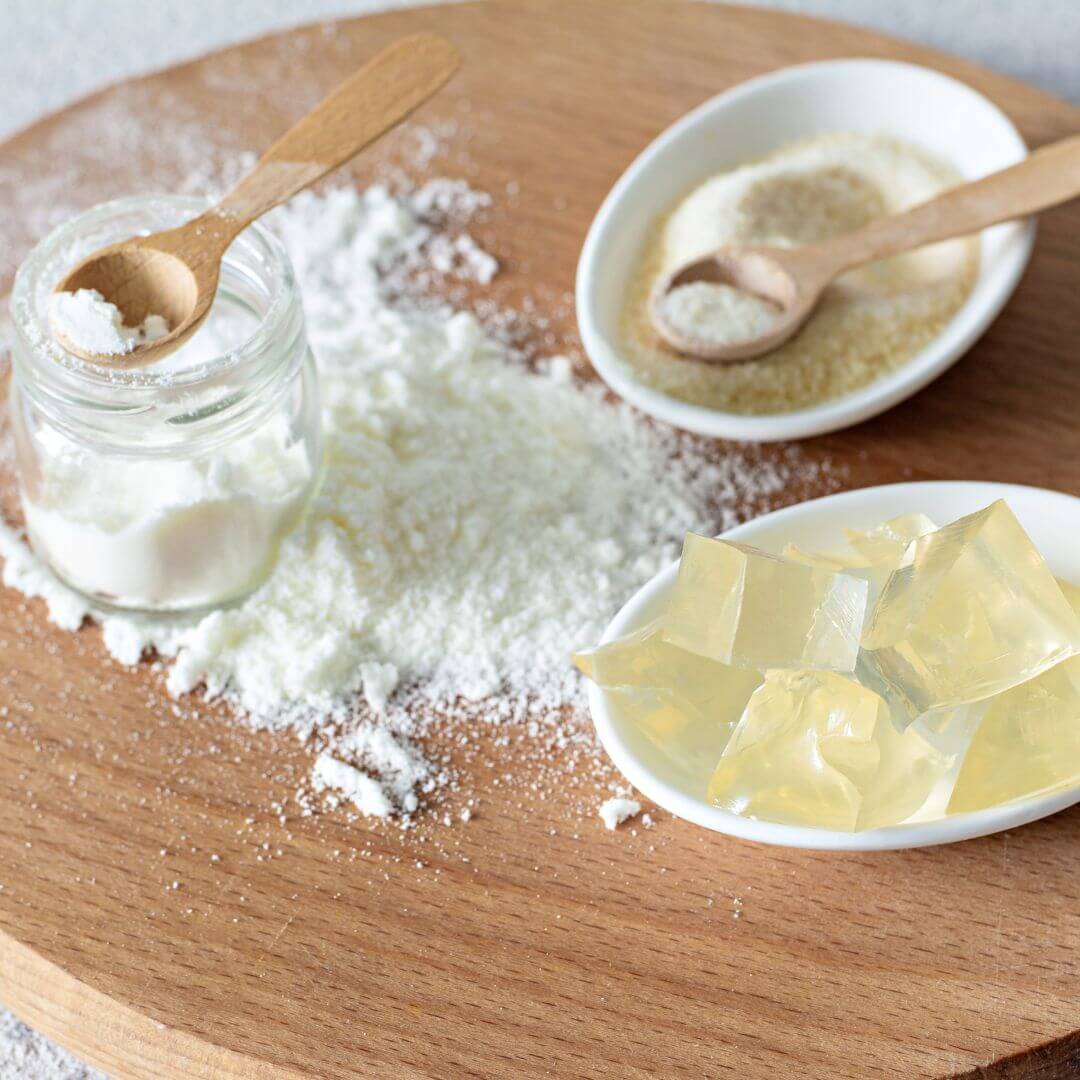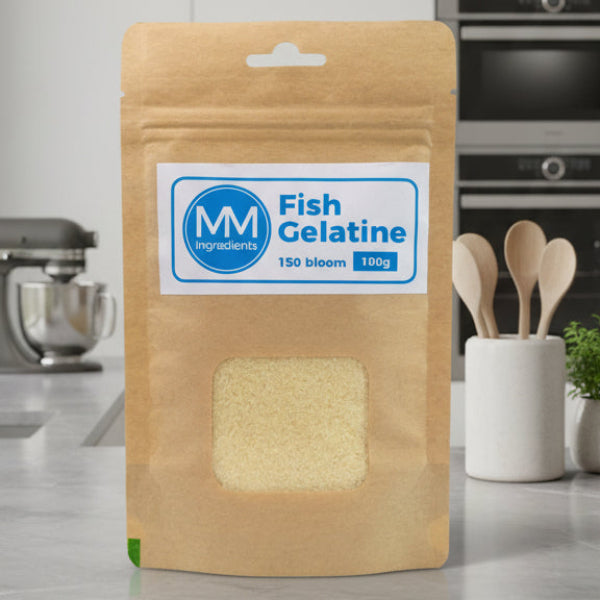

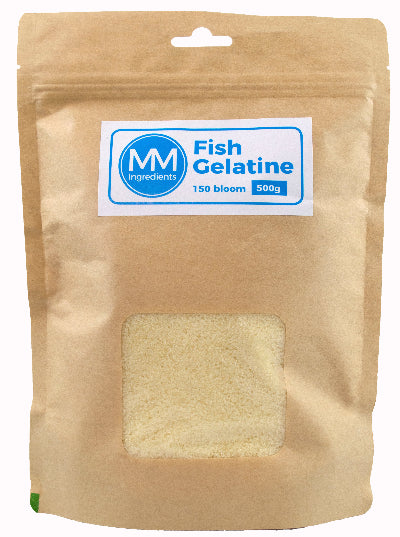

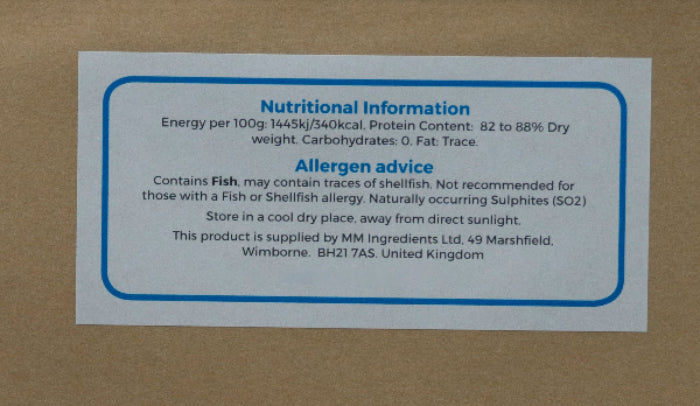
5005
Fish Gelatine
-
Fish Gelatine
-
Source: Derived exclusively from fish skins.
-
Quality and Compliance: A high-quality product that meets all EU/UK food legislation standards.
-
Flavour Profile: Prized for its superior clarity and neutral flavour profile, ideal for dishes where preserving the original taste is important.
-
Versatility & Uses: A versatile ingredient suitable for a wide range of culinary applications, including:
-
Delicate desserts (like panna cotta).
-
Glazes and savoury preparations.
-
Aspics and terrines.
-
Performance:
-
Sets at lower concentrations than traditional gelatines.
-
Offers rapid gel formation.
-
Dissolves readily in warm liquids.
-
The melting point is lower at 24-27º C than Pork or Beef gelatine at 35-38º C
-
Delivers consistent results across culinary uses.
-
Comparison and Set:
-
Possesses characteristics similar to porcine gelatine, serving as a viable alternative to both pork and beef gelatine.
-
The 'bloom' (gel strength) is not as high as pork or beef gelatine, resulting in a softer set.
-
You will need to experiment with the amount used to get the consistency you require.
-
- Pork (Type A) in 240 Bloom
- Beef (Type B) in 240 Bloom
- Fish in 150 Bloom
- Chicken 280-310 Bloom
- Hydrolysed Beef Collagen
- Marine Collagen
- Chicken Collagen type 2
- Leaf Gelatine Beef and Pork
All are supplied as food grade and in a powdered granular form, in weights from as little as 50g bags all the way up to 15kg boxes.
All our powdered Gelatines (other than 5kg’s to 15Kg’s are now supplied in resealable pouches for optimum freshness.
- Our Pork comes from many different countries, and is blended in the UK, to strict UK/EU standards.The origin may vary from batch to batch.
- Our Beef comes from many different countries, and is blended in the UK, to strict UK/EU standards The origin may vary from batch to batch.
- Our Fish comes from: Italy
- Our Chicken comes from: Taiwan
- Our Hydrolysed Beef Collagen comes from many different countries, and is blended in the UK, to strict UK/EU standards The origin may vary from batch to batch.
- Our Marine Collagen from: Norway
| Product | Usage Level |
|---|---|
| Dairy Products. | 0.2 – 1.0% |
| Desserts | 7 – 9% |
| Gummy Bears | 7 – 9% |
| Marshmallows | 1.7 – 2.5% |
| Bakery Fillings and Icings | 1 – 2% |
| Meat Products | 1 – 5% |
| Wine, Beer, Juices | 0.002 – 0.15% |
| Frozen Foods | 0.1 – 0.5% |
Energy per 100g is:
- K.Joules – 1445
- K.cals – 340
- Protein – (82 – 88%)
- What is it made of? – It is defined as a product obtained by the partial hydrolysis of collagen derived from the skin, white connective tissue and bones of animals.
- Where does it come from? – It does not occur freely in nature, and cannot be recovered from horns, hoofs and other non- collagen containing parts of vertebrate animals.
- How is it used? – It can be used to gel, thicken, stabilize, emulsify and to give a creamy consistency.
- Why do we use gelatine? – It is a natural and healthy food.
- Who uses gelatine? – Due to its versatile properties, the pure protein offers many benefits and plays an important role in today’s food industry.
- Is it natural? – It is a pure, natural protein made from animal raw materials that contain collagen.
- What goes into it? – It consists of 84 to 90 percent protein and 2 percent mineral salts, with water making up the rest.
- How is it classified? – It is classified as a foodstuff and is not a food additive with an E number.
- Is it good for me? – Gelatine contains neither preservatives nor other additives and is free of fat, cholesterol and uric acid compounds.
- Can I eat gelatine? – In addition, it does not cause any known allergies, is 100% natural and is cholesterol, purine and fat free.

